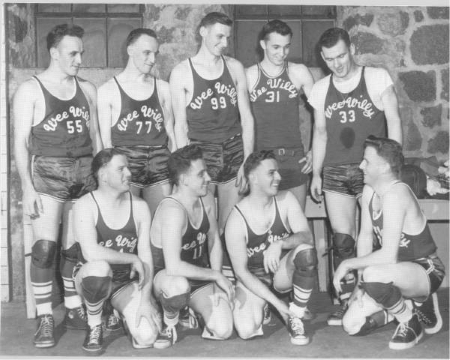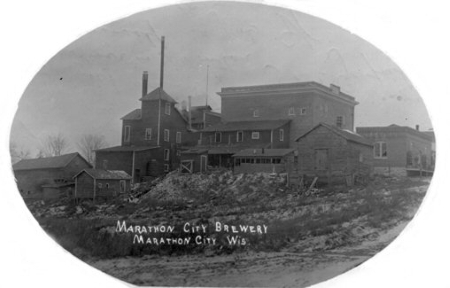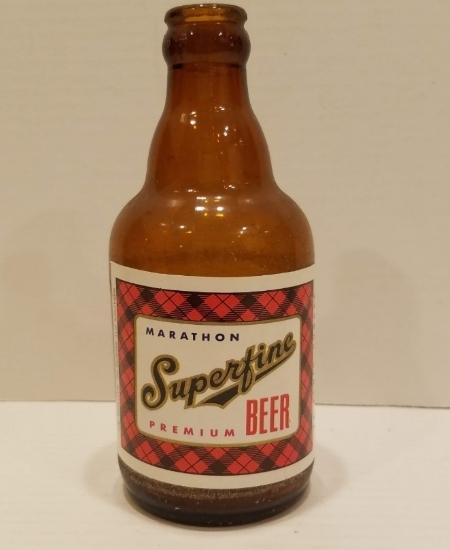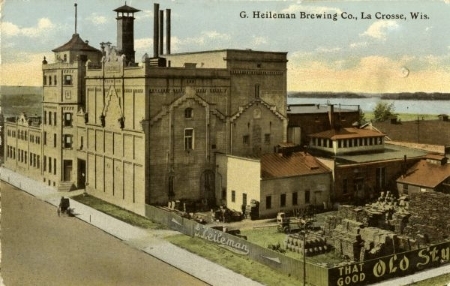OBJECT HISTORY: Neenah Foundry Manhole Cover
Since opening in 1904, the Neenah Foundry has earned a worldwide reputation for producing manhole covers. Manhole covers are removable lids fitted for tunnels large enough for people to access underground sewer and storm water systems. Made from strong and long-lasting cast…





